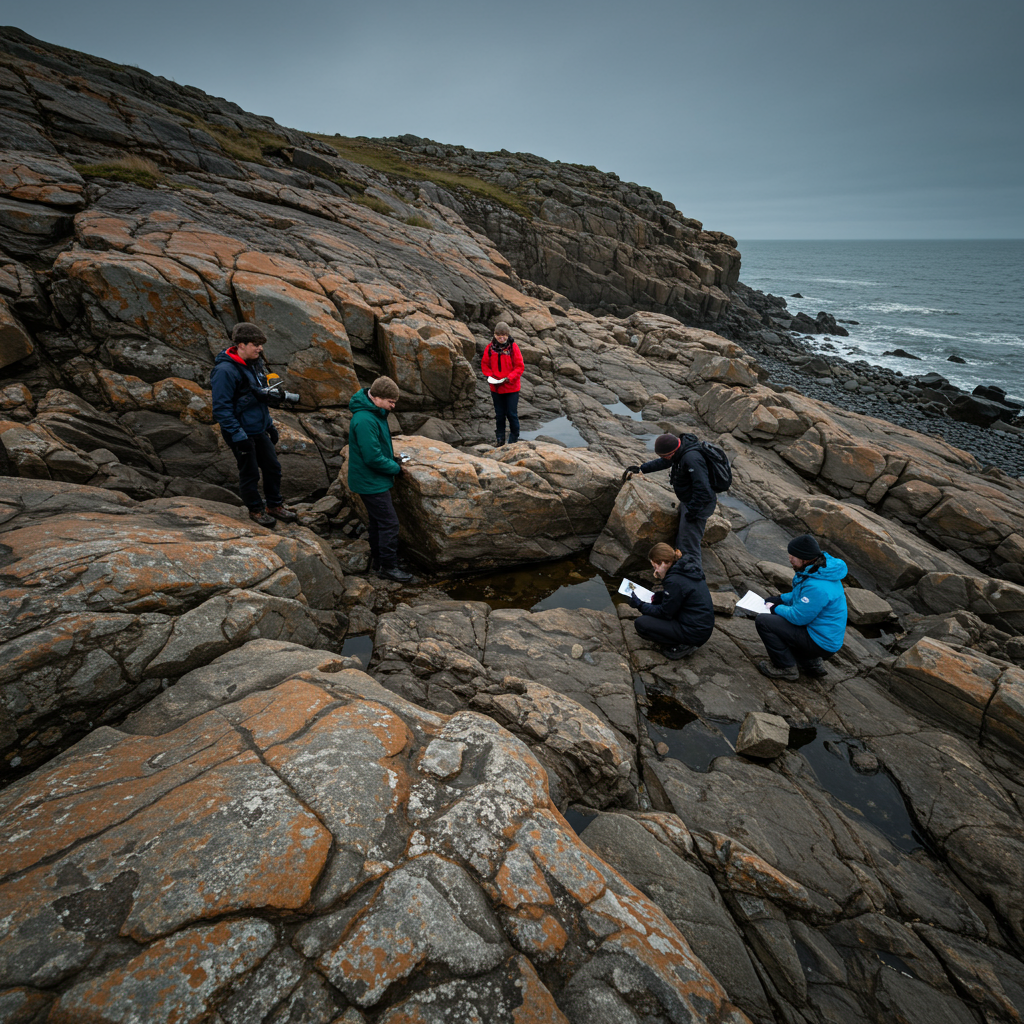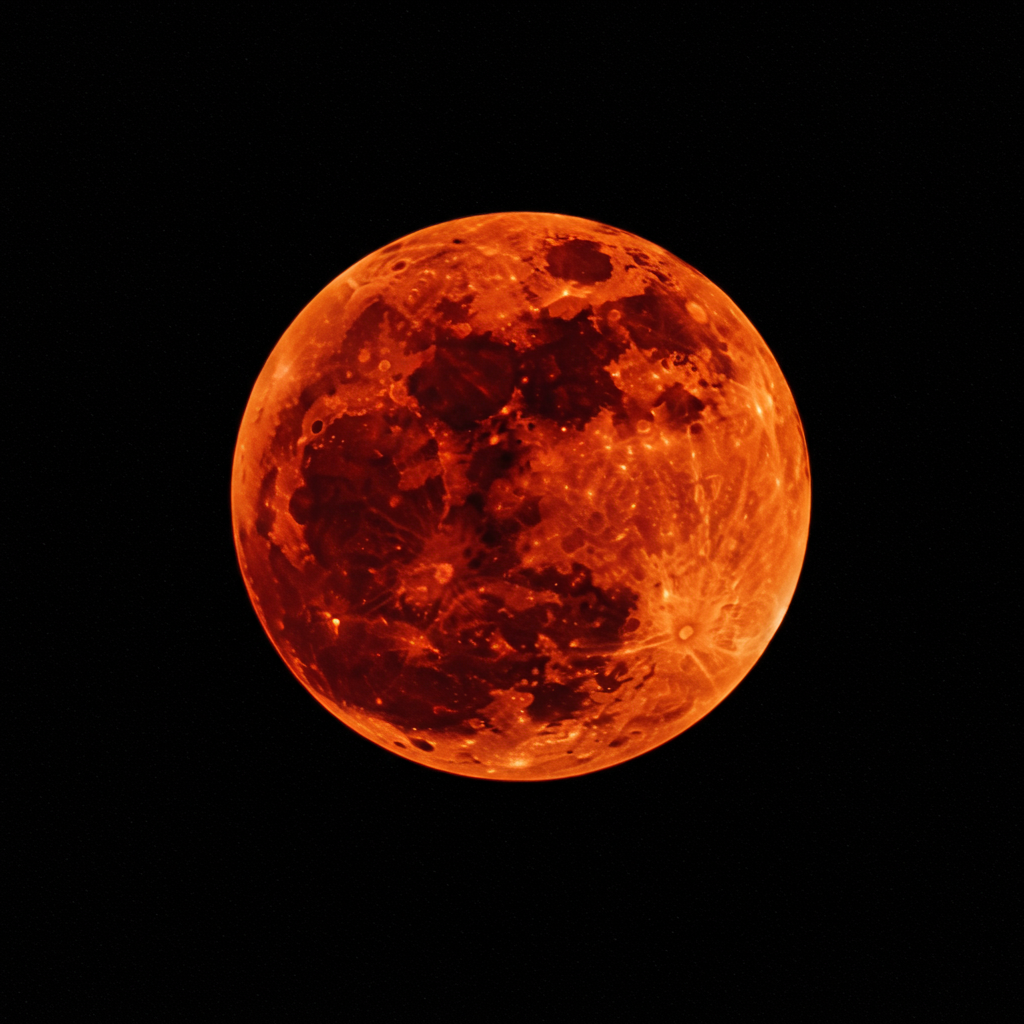For over a decade, a devastating marine mystery has plagued the Pacific Coast, transforming vibrant underwater landscapes into barren stretches. The “sea star wasting disease” (SSWD) has caused an unprecedented die-off, claiming billions of sea stars from Alaska to Mexico and triggering a catastrophic ecological ripple effect. Now, scientists have finally pinpointed the primary culprit: a specific bacterial strain known as Vibrio pectenicida strain FHCF-3. This groundbreaking discovery offers crucial insights for conservation efforts and a glimmer of hope for the recovery of these iconic marine invertebrates and the vital kelp forests they protect.
The Decade-Long Enigma of Sea Star Wasting Disease
Since its onset more than ten years ago, the sea star wasting disease epidemic has swept through marine environments, affecting over 20 different asteroid species. The visual signs are harrowing: lesions appear on their bodies, followed by rapid tissue decay, causing the sea stars to literally “melt” away, often perishing within just two weeks. This rapid and widespread mortality earned it the grim moniker “sea star melting disease.”
The most susceptible and dramatically impacted species is the sunflower sea star (Pycnopodia helianthoides). Once abundant, these magnificent creatures, capable of growing to the size of a bicycle tire with up to 24 arms, have seen their populations plummet by over 90 percent. This massive decline of a pivotal predator has not just been a tragedy for sea stars; it has unleashed a profound trophic cascade throughout their ecosystems.
Without the sunflower sea stars to keep them in check, sea urchin populations have exploded. These unchecked urchins then graze voraciously on kelp, leading to the widespread destruction of kelp forests and the creation of “urchin barrens.” Kelp forests are indispensable marine habitats, supporting diverse fisheries, providing shelter for countless species, and serving as vital carbon sinks. The loss of sea stars thus undermines the health and resilience of entire coastal ecosystems.
Unveiling the Bacterial Culprit: Vibrio pectenicida FHCF-3
Despite the severe ecological consequences, identifying the precise causative agent of sea star wasting disease had remained elusive for years. Early hypotheses considered viruses, but extensive research eventually ruled out a sea star-associated densovirus as the primary driver. The scientific community continued its rigorous search, focusing instead on other microbial suspects.
The breakthrough came through a meticulous four-year research endeavor involving controlled exposure experiments. Healthy sunflower sea stars were exposed to materials from diseased individuals, including tissue extracts, coelomic fluid (the sea star’s internal fluid, akin to blood), and even water from tanks holding sick sea stars. These experiments consistently induced disease symptoms and subsequent mortality in the exposed groups, while control groups remained healthy. This confirmed the disease’s infectious nature and lethality. For instance, in one study, 92 percent of healthy sea stars died within approximately 12 days when exposed to diseased conditions.
Crucially, deep sequencing analysis of coelomic fluid samples from both experimentally infected sea stars and those suffering from natural field outbreaks revealed a consistent pattern. A dominant proportion of genetic reads were unequivocally assigned to the bacterium Vibrio pectenicida. While some healthy sea stars might carry low levels of this bacterium, its concentration was significantly higher in diseased individuals.
Fulfilling Koch’s Postulates: The Gold Standard
To definitively establish Vibrio pectenicida strain FHCF-3 as a causative agent, researchers embarked on the rigorous process of fulfilling Koch’s postulates. This scientific gold standard requires isolating the suspected pathogen, growing it in a pure culture, introducing that culture into a healthy host to reproduce the original disease, and then re-isolating the same pathogen from the newly diseased host.
Vibrio pectenicida strain FHCF-3 was successfully cultured in isolation from the coelomic fluid of a diseased sunflower sea star. When this cultured bacterial strain was then introduced to healthy sunflower sea stars, it directly caused the characteristic symptoms of sea star wasting disease and led to their mortality. This conclusive evidence solidified V. pectenicida FHCF-3’s role as a causative agent. This is a critical step, as Vibrio bacteria, belonging to the same genus as the bacterium responsible for cholera, are known to be potent pathogens in marine environments.
While this study provides compelling evidence, the scientific discourse remains vibrant. Some researchers, such as Hewson, acknowledge the study’s strength but maintain a degree of skepticism, citing past research where V. pectenicida was not consistently found in wasting sea stars. The current study’s lead researchers suggest this discrepancy might stem from methodological differences, emphasizing their focus on isolated coelomic fluid, where the bacterial contrast was most evident, compared to earlier studies that analyzed a “hodgepodge of sea star tissues.” This highlights the complexity of marine diseases, where multiple factors or agents might contribute to similar symptoms.
A Path Forward for Sea Star Conservation
The identification of Vibrio pectenicida strain FHCF-3 represents a pivotal moment for conservation efforts. This foundational knowledge unlocks new avenues for developing targeted recovery strategies for affected sea star populations and the broader ecosystems that depend on them. It is a game-changer for environmental managers and researchers alike.
Knowing the specific pathogen facilitates essential culture-based experimental research to better understand disease dynamics, virulence factors, and potential treatments. It also enables the development of broad-scale screening efforts for the pathogen’s presence and abundance, both in laboratory settings and directly in the field. This capability, reminiscent of rapid diagnostic kits used for human diseases like COVID-19, will allow researchers to swiftly detect outbreaks and potentially intervene sooner.
Looking ahead, research will intensify on several fronts. Scientists will investigate why V. pectenicida became so virulent, with a strong focus on the role of rising ocean temperatures. Many Vibrio strains are known to thrive and reproduce rapidly in warmer waters, and SSWD outbreaks have often followed marine heat waves. Understanding this link is crucial for predicting and mitigating future epidemics.
Furthermore, this discovery paves the way for exploring genetic resistance in sea stars. Identifying genetic mutations that confer resilience to Vibrio pectenicida infections could inform captive breeding programs. Ultimately, these resistant sea stars could be reintroduced into the wild, bolstering populations and enhancing their ability to withstand future disease pressures. This comprehensive approach offers a beacon of hope for recovering sunflower sea stars and restoring the invaluable kelp forest ecosystems they anchor.
Frequently Asked Questions
What is the groundbreaking discovery regarding sea star wasting disease?
Scientists have identified Vibrio pectenicida strain FHCF-3 as a causative agent of sea star wasting disease (SSWD). This bacterium was found in high concentrations in sick sea stars, and when cultured and introduced to healthy individuals, it consistently caused the disease and death, fulfilling Koch’s postulates. This breakthrough solves a decade-long mystery behind the largest documented marine epidemic, which has decimated billions of sea stars along the Pacific coast.
Which marine species and ecosystems are most affected by sea star wasting disease?
The sea star wasting disease primarily affects over 20 asteroid species, ranging from Mexico to Alaska. The sunflower sea star (Pycnopodia helianthoides) has been particularly devastated, with over 90% of its population wiped out. The loss of these key predators has led to an explosion in sea urchin populations. These unchecked urchins then overgraze kelp forests, transforming them into “urchin barrens,” which severely impacts marine biodiversity and ecosystem health.
How will identifying the Vibrio pathogen help save sea stars and kelp forests?
Identifying Vibrio pectenicida strain FHCF-3 is a crucial step for conservation. It enables targeted research into disease mechanisms, potential treatments, and the development of rapid diagnostic tests for early outbreak detection. Furthermore, it allows for investigation into genetic resistance, which could inform captive breeding programs for more resilient sea stars. Understanding the pathogen’s link to environmental factors, particularly rising ocean temperatures, is also vital for developing long-term recovery and reintroduction strategies to restore sea star populations and the kelp forests they protect.
Conclusion
The identification of Vibrio pectenicida strain FHCF-3 as a causative agent of sea star wasting disease marks a monumental achievement in marine biology and conservation. This discovery not only answers a persistent scientific riddle but also provides tangible pathways toward reversing the ecological damage caused by this relentless epidemic. As research continues into understanding the bacterium’s virulence and its interaction with environmental factors like ocean temperature, the scientific community is better equipped than ever to develop effective recovery strategies. The future of sea stars and the kelp forests they safeguard now holds renewed promise.




